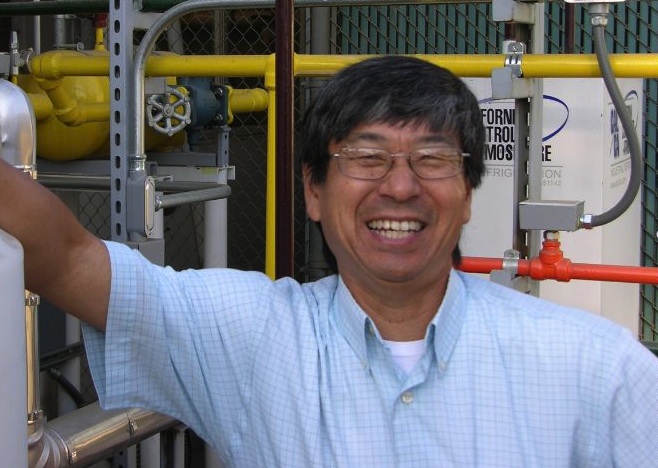Entrepreneurship Forum is Biggest in Valley
Entrepreneurship Forum in Clovis on Nov. 15
By Patrick Cavanaugh, Farm News Director
The Central Valley Innovation and Entrepreneurship Forum will be held in Clovis on Nov. 15th. This forum should be the largest event for innovation and entrepreneurship in the Central Valley. Industry leaders, angel investors, entrepreneurs and business owners will be there to share advice and strategies on how to make it in today’s economy.
“We are gearing up for our big event that will be held at Clovis at the Veterans Memorial District in the auditorium,” said Helle Peterson, manager of the Center of Irrigation Technology at California State University Fresno.
“We actually have the whole building because we have multiple things going on. We will have a series of workshops during the day that’s all around financing, investment, entrepreneurship, innovation. We also have five companies that will pitch their technology or their business to a group of potential investors. The whole community will be there, and we’re very excited about that,” Peterson said.
“There’s an evening program attached to that, which we call the stock exchange. It’s where we will have 20 entrepreneurs exhibiting their technology business and then the audience will go around and invest in these businesses with monopoly money. It will create excitement of which company we think will be more successful,” Peterson said.
The keynote speaker will be Paul Singh, the founder of disruption Corporation.
“He’s actually one of the founders of 500 Startup, which is a really well-known accelerator in the Bay area, and he can really talk to that entrepreneurship innovation space,” Peterson said.
Find out more about the event and register for it here.













